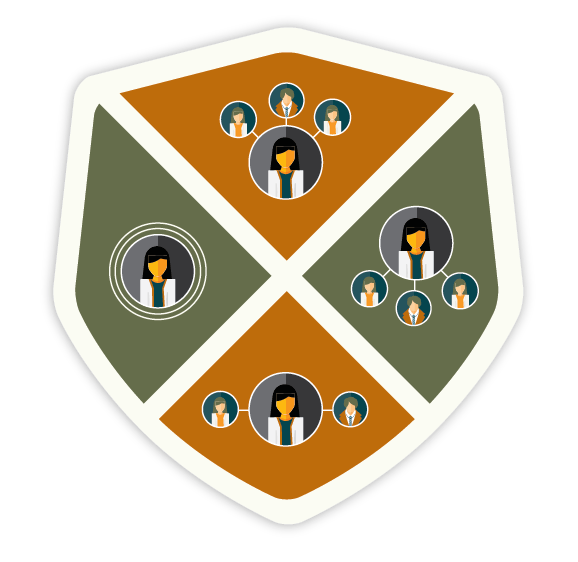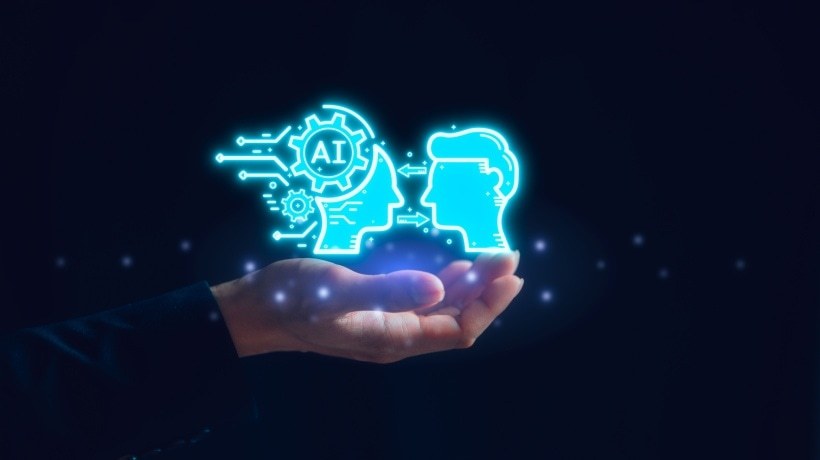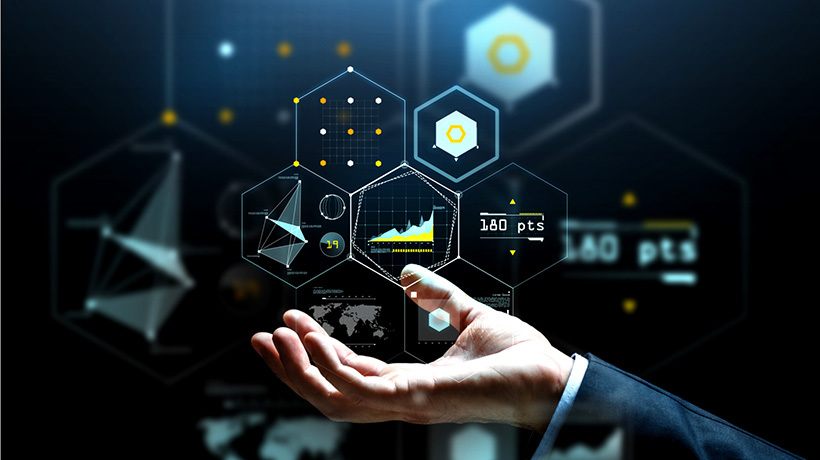Empower Learning By LMS
The future of learning demands adaptability, innovation, and strategic thinking from today's learning professionals. As organizations face rapid digital transformation and a shift toward a hybrid work culture, the Learning and Development (L&D) function must evolve to empower employees with essential skills and flexible learning opportunities. Through online Learning Management Systems (LMSs) and data-driven strategies, L&D professionals can ensure their organizations stay resilient and future-ready.
What Makes An Organization Future-Ready?
A future-ready organization embraces digital learning solutions, adapts quickly to change within organizations, and builds a workforce capable of thriving in uncertain conditions. This includes encouraging lifelong learning, assisting with skill development, and coordinating learning programs with organizational objectives. Learning systems that enable mobile learning, self-paced learning, and real-time tracking are central to this transformation.
How Can Learning Professionals Drive Change Within Organizations?
Learning professionals act as catalysts for growth by:
- Identifying skill gaps through analytics.
- Developing personalized learning paths for targeted upskilling.
- Supporting corporate training and compliance that meets industry guidelines.
- Promoting an ongoing learning culture throughout all organizational tiers.
By doing so, they not only improve performance but also contribute to long-term sustainability and innovation.
What Strategies Help Build A Future-Ready Workforce?
1. Adopt Digital Learning Solutions
- Use AI, AR, and VR for immersive, engaging training.
- Leverage online Learning Management Systems that support mobile learning and content personalization.
- Utilize analytics to predict training requirements and increase Return On Investment [1].
2. Deliver Personalized Learning Paths
- Implement AI-driven content recommendations based on employee goals.
- Offer self-paced learning and hybrid training formats.
- Create continuous feedback loops to enhance learning quality and engagement.
3. Focus On Future-Critical Skill Acquisition
- Educate leaders on soft skills like how to be flexible and emotionally intelligent.
- Provide access to technical training in data literacy and digital tools.
- Introduce courses on sustainable practices to align with global trends.
What Role Does Culture Play In Lifelong Learning?
An organization that is prepared for the future is built on a culture of ongoing learning. Support:
- Upskilling and reskilling initiatives aligned with evolving business needs.
- Peer-to-peer learning through mentoring and collaborative platforms.
- Gamification elements, including leaderboards and badges, to boost motivation.
How Do We Ensure Equity And Inclusion In Corporate Training?
Implement DEI-focused (diversity, equity, and inclusion) strategies and practices by:
- Designing inclusive, globally relevant content.
- Creating learning opportunities for different demographics.
- Using unbiased AI tools to promote fair access and personalized learning paths.
This ensures that learning programs serve a wide range of needs and promote equitable skill acquisition.
How Can L&D Measure The Impact Of Learning?
- Use real-time KPIs to monitor learning engagement and training effectiveness.
- Align learning systems with broader goals like customer satisfaction and innovation.
- Be agile; redesign content continuously based on learner feedback and organizational changes.
How Should L&D Teams Collaborate With Business Units?
Strategic partnerships with internal stakeholders are essential. Cocreating training with business units:
- Ensures programs address real challenges.
- Keeps L&D aligned with shifting goals.
- Positions learning professionals as value creators, not just content providers.
FAQ
- How does L&D contribute to an organization's future-proofing?
L&D professionals identify skill gaps, align training with business goals, and promote continuous learning to build a resilient workforce. - Why are personalized learning paths important?
They cater to individual goals and learning styles, increasing engagement and improving skill acquisition outcomes. - How does an online Learning Management System support a hybrid work culture?
It offers mobile learning, on-demand content, and real-time collaboration tools suitable for remote and hybrid teams. - What skills are essential for the future workforce?
Digital literacy, emotional intelligence, flexibility, and strategic thinking are important skills. - How can learning impact business performance?
Well-aligned training improves employee productivity, customer experience, and innovation, directly contributing to business growth [2].
Conclusion
Learning professionals' empowerment is now a strategic priority rather than an optional one. With the right blend of digital learning solutions, personalized learning paths, and a culture of continuous learning, L&D teams can successfully lead their organizations into the future. The key is to remain adaptable, data-driven, and deeply aligned with both employee needs and business goals.
References:
[1] 9 Ways to Maximize ROI Through Learning Management Systems for Associations
[2] LMS In 2025: Boosting Employee Performance Through Targeted LMS Training








